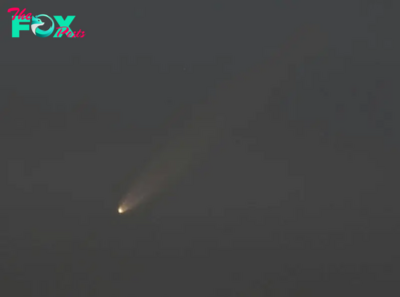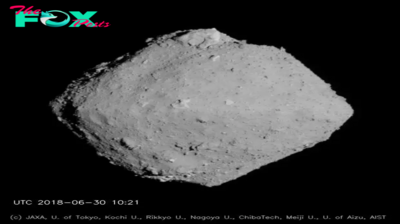Science
NASA's Voyager 1 probe swaps thrusters in tricky fix as it flies through interstellar space
The distant and cold Voyager 1 spacecraft did a clever thruster trick to help it phone home.
Voyager 1, the most distant human object that is now flying through interstellar space, had thruster issues making it difficult for the spacecraft to stay pointed at Earth when calling home. Unless Voyager 1 could make a switch to a different thruster set, the 47-year-old spacecraft would sail on alone without help from Earth. Making matters worse, Voyager 1 is so old that sudden changes could damage the spacecraft.
"All the decisions we will have to make going forward are going to require a lot more analysis and caution than they once did," Suzanne Dodd, Voyager's project manager at NASA's Jet Propulsion Laboratory that manages the mission, said in a statement on Tuesday, Sept. 10.
The science of Voyager 1 is critical to space science as it tells us more about interstellar space, meaning the region of the cosmos outside of the reach of the sun's gravity or particles.
But the spacecraft's aging nuclear power source is much diminished, and doesn't have much power to play with. So engineers at JPL embarked on a rescue plan to help the spacecraft's pointing capabilities without risking its remaining functional science instruments.
Voyager 1 and its twin, Voyager 2, launched on their initial missions in 1977 to study the distant solar system. They collectively flew by four largest outer solar system planets by 1989 and continue, with tweaks for their age, to send Science from afar even after both exited the solar system in the early 2010s.

As with humans, aging brought changes to the Voyager systems. The fuel tube for their thrusters have been prone to clogging for more than 20 years; that happens as a rubber diaphragm in each spacecraft fuel tank degrades, creating a silicon dioxide byproduct that clogs the line.
-

 Science2d ago
Science2d agoWhy Risky Wildfire Zones Have Been Increasing Around the World
-

 Science2d ago
Science2d agoIt’s Time to Redefine What a Megafire Is in the Climate Change Era
-

 Science3d ago
Science3d ago4 Astronauts Return to Earth After Being Delayed by Boeing’s Capsule Trouble and Hurricane Milton
-

 Science4d ago
Science4d agoThe Elegance and Awkwardness of NASA’s New Moon Suit, Designed by Axiom and Prada
-

 Science1w ago
Science1w agoSpaceX Launches Its Mega Starship Rocket. This Time, Mechanical Arms Catch It at Landing
-

 Science3w ago
Science3w agoYou Won’t Want to Miss October’s Rare Comet Sighting. Here’s How and When You Can See It
-

 Science1m ago
Science1m agoA New Spacecraft Could Help Determine if There’s Life on a Moon of Jupiter
-

 Science1m ago
Science1m agoWe Can Thank Deep-Space Asteroids for Helping Start Life on Earth



























